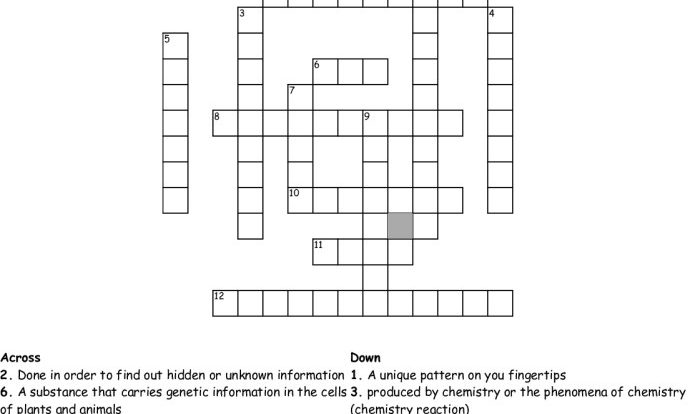Applies a cold pack to crossword – Applying cold packs to crosswords, a common technique in crossword puzzle-solving, offers a plethora of benefits for crossword enthusiasts seeking to alleviate pain and inflammation while enhancing their puzzle-solving experience.
Cold packs, when applied correctly, can effectively reduce inflammation, promote healing, and prevent tissue damage, making them an indispensable tool for crossword solvers who frequently encounter physical discomfort due to prolonged sitting and mental exertion.
Techniques for Applying a Cold Pack: Applies A Cold Pack To Crossword
Applying a cold pack to an injured area can help reduce pain, swelling, and inflammation. Here’s a step-by-step guide on how to apply a cold pack effectively:
Securing the Cold Pack
Once you’ve applied the cold pack, it’s important to secure it in place to ensure it stays in contact with the injured area. Here are a few ways to do this:
- Use an elastic bandage or wrap to hold the cold pack in place.
- Place the cold pack in a towel or cloth and tie it around the injured area.
- If the injured area is on a limb, you can use a sling or brace to keep the cold pack in place.
Duration of Application
The duration of cold pack application will vary depending on the severity of the injury. Generally, it’s recommended to apply a cold pack for 15-20 minutes at a time, several times a day. It’s important to avoid applying a cold pack for too long, as this can lead to frostbite.
Preventing Frostbite
Frostbite occurs when the skin and underlying tissues are frozen. To prevent frostbite, it’s important to take the following precautions:
- Never apply a cold pack directly to bare skin. Always wrap it in a towel or cloth first.
- Monitor the skin under the cold pack regularly for signs of frostbite, such as numbness, tingling, or discoloration.
- If you experience any signs of frostbite, remove the cold pack immediately and seek medical attention.
Benefits of Applying a Cold Pack
Applying a cold pack offers several physiological benefits in managing pain and inflammation.Cold therapy causes vasoconstriction, reducing blood flow to the injured area. This decreases swelling and inflammation, which in turn alleviates pain. Additionally, cold packs can numb the nerve endings, further reducing pain signals.Cold
packs also help prevent tissue damage by reducing inflammation and slowing down metabolic processes. This can minimize the extent of injury and promote faster healing.
Specific Injuries
Cold pack therapy is particularly beneficial for sprains, strains, and bruises. Sprains involve ligament damage, while strains affect muscles or tendons. Cold packs can reduce swelling and pain in both cases, promoting faster recovery. Bruises, caused by blunt force trauma, result in blood leaking into surrounding tissues.
Cold packs can constrict blood vessels, reducing blood leakage and swelling.
Precautions and Considerations
Cold packs can be a helpful tool for reducing inflammation and pain, but they should not be used by everyone. It is important to be aware of the potential risks and complications associated with cold pack therapy before using one.
Individuals Who Should Avoid Cold Packs, Applies a cold pack to crossword
- People with circulatory problems, such as Raynaud’s disease or peripheral artery disease.
- People with diabetes or other nerve damage.
- People with open wounds or skin infections.
- People who are taking blood thinners.
- People who have recently had surgery.
Potential Risks and Complications
- Cold packs can cause frostbite if they are used for too long or if they are applied directly to the skin.
- Cold packs can also cause nerve damage if they are applied to the same area for too long.
- Cold packs can worsen some medical conditions, such as arthritis.
When to Seek Medical Attention
If you experience any of the following symptoms after using a cold pack, you should seek medical attention immediately:
- Numbness or tingling
- Pain that is getting worse
- Swelling
- Redness
- Blisters
Alternative Methods to Cold Pack Application
Cold packs are a common and effective method for reducing inflammation and pain, but they are not the only option. Other methods, such as ice baths, massage, and compression, can also be effective in reducing inflammation and pain.
The best method for reducing inflammation and pain will vary depending on the individual and the specific injury. However, there are some general guidelines that can help you choose the best method for your needs.
Ice Baths
- Ice baths are a great way to reduce inflammation and pain in a large area of the body.
- They are also effective in reducing muscle soreness after a workout.
- To take an ice bath, simply fill a bathtub with cold water and add ice.
- Soak in the ice bath for 10-15 minutes.
Massage
- Massage can be an effective way to reduce inflammation and pain in a specific area of the body.
- Massage can also help to improve circulation and promote relaxation.
- To get a massage, you can either visit a massage therapist or give yourself a massage at home.
Compression
- Compression can help to reduce inflammation and pain by applying pressure to the affected area.
- Compression can also help to improve circulation and support the injured area.
- To apply compression, you can use an elastic bandage or a compression wrap.
FAQ Insights
How long should I apply a cold pack to a crossword puzzle?
The recommended duration for applying a cold pack to a crossword puzzle is approximately 15-20 minutes at a time, with multiple applications throughout the day as needed.
What are the precautions to consider when applying a cold pack to a crossword puzzle?
Individuals with certain medical conditions, such as Raynaud’s disease or open wounds, should consult a healthcare professional before applying cold packs. Additionally, it is crucial to avoid applying cold packs directly to bare skin for extended periods to prevent frostbite.

